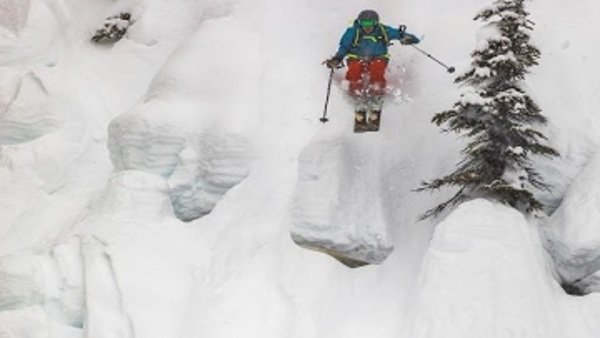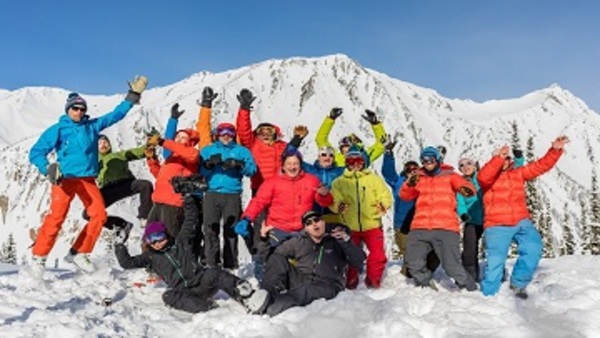
Back in February, I took one of these trips. For eight days, me and 16 of my backcountry ski buddies were lucky enough to occupy a hut in British Columbia that is only accessible by helicopter. It requires meticulous planning and minimalist packing. The hut barely sees the sun during the cold winter days with the towering peaks all around it. You bring food, drinks, equipment and safety gear that will sustain you for eight days – possibly more depending on weather.

After returning home I reflected on the trip and how wonderful it was to disconnect. I realized that, while we were able to disconnect, we relied heavily on cloud-based tools to shape the trip. All planning was done strictly in Google Sheets and Drive so we could easily navigate trip info and coordinate logistics. Last-minute gear items were ordered from Amazon with one-day shipping. During the trip, we used Strava on our phones or GPS devices to track our routes and compare which groups did the most vertical each day. After the trip, we shared photos via Google Photos and stayed connected on Facebook. Blogs were written on websites that likely used a cloud provider for IaaS or PaaS.

What are some of the cloud-based tools you use? How do they help you be more productive and create more meaningful, memorable experiences? Please share with us below.







